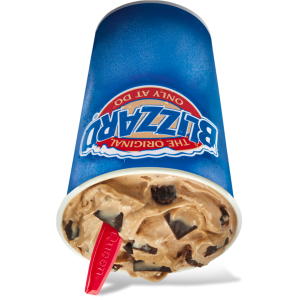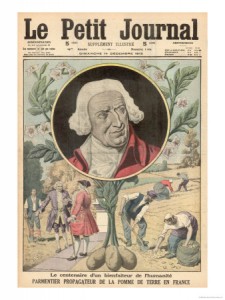 I grew up on the edge of the Great Lakes Snow Belt, so impressive snowstorms were no rarity. Any notable storms of my childhood, however, only caused my parents and elder siblings to reminisce about THE storm, the one that had wreaked havoc in the 1970s before I was born. “Remember when Dad shoveled a tunnel through the eight feet of snow on the porch after we’d been stuck inside for three months?” they’d sigh, with nostalgia and, one hopes, some measure of exaggeration. “Now that was a real blizzard.” This weekend it seems that I narrowly missed another historic storm, New York now a slushy, melting mess while our neighbors to the north are still shoveling themselves free. Even so, it has put me in mind of another blizzard, one that I know very well.
I grew up on the edge of the Great Lakes Snow Belt, so impressive snowstorms were no rarity. Any notable storms of my childhood, however, only caused my parents and elder siblings to reminisce about THE storm, the one that had wreaked havoc in the 1970s before I was born. “Remember when Dad shoveled a tunnel through the eight feet of snow on the porch after we’d been stuck inside for three months?” they’d sigh, with nostalgia and, one hopes, some measure of exaggeration. “Now that was a real blizzard.” This weekend it seems that I narrowly missed another historic storm, New York now a slushy, melting mess while our neighbors to the north are still shoveling themselves free. Even so, it has put me in mind of another blizzard, one that I know very well.
It is my firm belief that even people who are largely devoted to healthy or carefully prepared meals have a few fast food skeletons lurking in their pantries. One of mine is the Dairy Queen Blizzard. Dairy Queen opened their first shop in 1940 in Joliet, Illinois (just a hop, skip and a jump away from where the original Ray Kroc McDonald’s would descend fifteen years later), and they first coined the term “blizzard” for their ultra-thick milkshakes. It wasn’t until 1985 that they introduced the Blizzard as we know it today—candy or other sweets crushed and mixed with soft serve ice cream into a cholesterol-laden sludge so dense that it will not slide from the cup when a Dairy Queen employee turns it upside-down. (At small outposts of the chain, they will still enact this ritual for you, unbidden). I love them.
I don’t think I have ever eaten a Blizzard without feeling slightly nauseous afterward, but that’s not important. To me, Blizzards are sacred totems of the open road.










